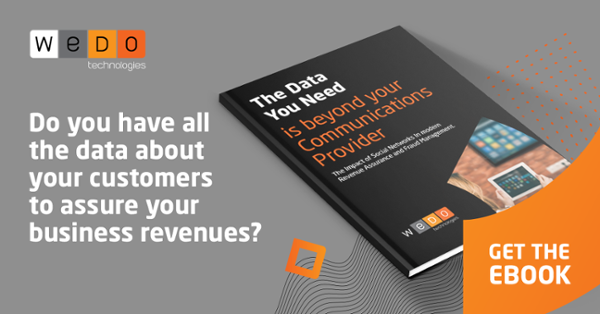With the focus on delivering a frictionless user experience for customers, direct carrier billing is becoming more popular for Over the Top (OTT) services. In the US, for example, Comcast and Netflix customers can opt to have their Netflix charges presented on their Comcast bill. In the UK, Spotify has a similar arrangement with CSPs.
While this added convenience is proving popular with customers, in the backend it creates a myriad of risks for a CSP:
- Identity authentication: CSPs are now billing for OTT customers whose identities have been validated and supplied by an external party
- Customer experience management: CSPs are supporting services supplied by an external party, where a share of the quality of these services cannot be ensured by the carrier.
At the heart of these issues are the blind spots that CSPs have due to lack of data – of the new customer and how the customer uses the 3rd party service.
In the case of identity authentication, CSPs must re-validate the authenticity of an identity provided. In many cases, OTT Providers will allow customers to log in using their social media accounts, such as Facebook or Google, as a convenient way for customers to sign up for new services. For the CSP who is responsible for billing the service though, using social media accounts as a way to verify identity is fraught with risk.
While social media information may provide intel on your customers’ friends and the TV Shows they like, how do you know that it is a real person, and not a ‘bot’ claiming that identity? In 2017 alone, Facebook deleted tens of thousands of fake profiles in order to stop the spread of misinformation ahead of the French and UK elections, showing the prevalence of fake social media accounts and the need for CSPs to analyze the content and filter for misinformation before they can verify it.
Once the identity is verified, how do CSPs verify usage? The rising popularity of OTT services create new opportunities for criminals where someone could hack into another person’s Netflix account and enjoy a lifetime of “free” access. This abuse may not become apparent until fair usage policies kick in and a user experiences a degradation in the quality of service. In the period between the CSP/OTT/user determining that it was a fraudulent user, and not the authenticated user exceeding their usage caps – a CSP will likely bear the brunt of a dissatisfied customer. Though no fault of their own, the CSP will be left to manage complaints about slow service or overbilling. They may even have to issue a refund or manage bad PR when the dissatisfied customer takes to social media.
So how do CSPs create a trusted OTT ecosystem that lowers the risk to revenue assurance and fraud management? In our latest whitepaper, ‘The Data You Need is Beyond Your Communications Provider’, we discuss the requirements of creating a trusted OTT/CSP/customer ecosystem, and the complexities of identity management. Download it below to find out why CSPs need to look beyond their own walls and seek external data sources to base their decisions.




Let Us Know What You Thought about this Post.
Put your Comment Below.